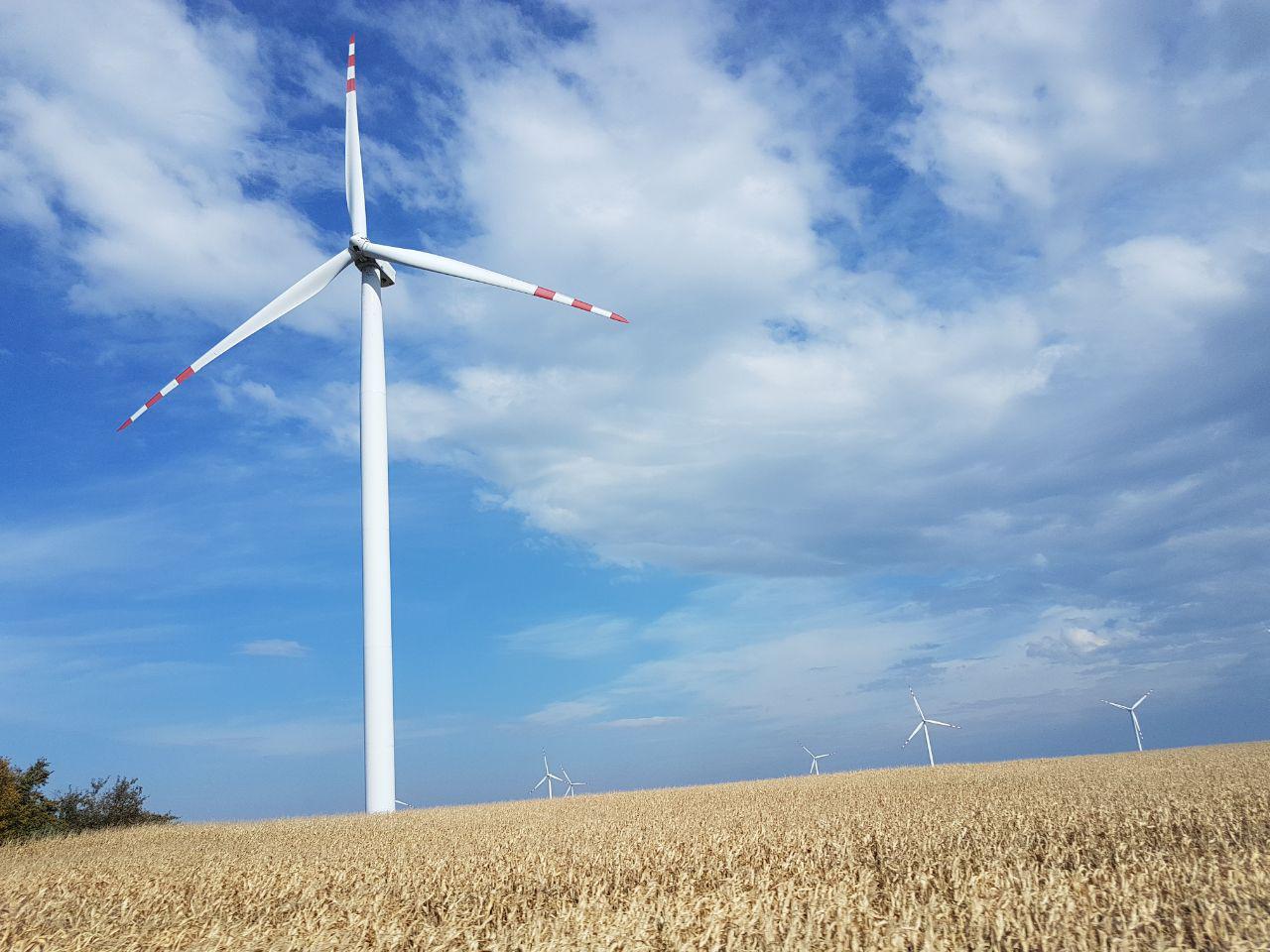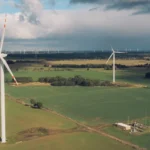„At the end of 2023, the government submitted a draft amendment to the legislation on wind farms, which was met with considerable criticism. The Climate Ministry has announced a wind farm bill would arrive in mid-2024. According to the calendar the date is June, and the law is in the process of public consultation. Will Poland see any changes to the rules this year? Will these changes be significant? „, asks Marcin Karwowski, editor at BiznesAlert.pl.
- Proposals for new wind farm legislation unveiled in December 2023 have been met with criticism from the opposition, industry and environmentalists.
- The new rules are to be proposed in 2024, and at this point they have been proposed for consultation.
- The government has promised to introduce a rule that the minimum distance from buildings had to be at least 500 meters and to shorten the investment process by as much as half.
- The Minister of Climate and Environment wants the law to come into force at the turn of 2024 and 2025.
- Poland needs new regulations supporting the development of wind energy, which will advance the energy transition and will be beneficial from the point of view of security.
After the current ruling majority came to power, a draft of amendments to the law on the construction of wind farms was drafted, which was part of the law on freezing energy prices. It was met with a negative reaction from many communities. Environmentalists criticized the designation of a 300-meter distance from nature reserves, arguing that such a distance would have a negative impact on nature, including due to the noise generated by farms. Politicians from the opposition said the bill promoted foreign capital including Siemens Gamesa and enabled expropriations. The dependency of the distance of turbines from buildings on their height also sparked controversy. The ruling majority withdrew the amendment and announced they would propose a separate draft. The deadline is June, but the rules are still being consulted.
What do we know about the new rules?
Miłosz Motyka, Deputy Minister of Climate and Environment, announced that the government had reached a consensus of 500 meters. It’s about the distance between wind farms and buildings. The previous government on April 23, 2023, introduced legislation that increased the distance to 700 meters. Reducing it to half a kilometer is a response to the needs reported by the industry. The current ruling camp announced that it will consult with representatives of companies and organizations operating in the sector.
„We will unlock wind power on land. [ … ] We believe that 500 meters is the optimal distance. Instead of 10 h bans, I prefer to talk about 10 k benefits,” said Undersecretary of State Miłosz Motyka, at a meeting of the Committee on Climate and Environment and the Committee on National Economy and Innovation, to which representatives of the renewable energy industry were invited.
The Polish Wind Energy Association (PSEW) has repeatedly pointed to an overly complex investment process.
„The investment process, i.e. from the creation of a general plan to obtaining a building permit, takes about 7 years. Longer if it is challenged. It looks worse with offshore wind energy,” said the president of PSEW, during the mentioned meeting.
The government has promised to simplify the rules on this issue, facilitating the development of new wind farms. According to the announcement of Minister Motyka, the government will seek to shorten the process by up to a half. In addition, the amendment aims to adapt Polish law to the requirements of the European Union, in the field of public assistance, so that EU funds could support the construction of Polish nuclear power plants. The ministry also said that the new rules would support prosumers, i.e. private users of renewable energy installations.
An update that never arrived
In early April, in an interview with Money.pl, minister Miłosz Motyka said that the government would handle with the wind turbine act in early June 2024. In May, Paulina Hennig-Kloska, the minister of Climate and Environment commented on the progress of the new legislation. She said that negotiations were underway at the government level, the next step would be public consultations and then the draft amendment would be submitted to the Sejm. The Minister noted that she would like the law to come into force at the turn of the year. In early June, undersecretary Miłosz Motyka announced that the law should be the subject of government work in the third quarter of 2024.
According to information from the Prime Minister’s Office, consultations are currently underway, scheduled to end on June 25. The proposal will then be forwarded to the committees (including Committee on European Affairs, the Social Committee of the Council of Ministers) and then to be referred to the Sejm.
Why is the wind farm law so important?
Wind farms play an important role in the Polish energy mix (according to PSEW, from January to November 2023, the share was 13 percent) and the energy transition. They are important not only because of the climate goals, which assume the achievement of climate neutrality in 2050, but also because of energy security. Investing in renewable energy sources will make it possible to become independent from the supply of fossil fuels. In addition, as the war in Ukraine has shown, distributed energy is a more difficult target for the enemy in the event of an armed conflict. However, the dynamic development of RES needs rules that support it, not hinder it (this investment process takes about seven years).
The new legislation should be implemented as soon as possible (after consultation and providing thoughtful solutions, of course). It remains to be hoped that it will be possible to meet the deadlines indicated by the Ministry and the bill will go to the Sejm in the third quarter, so that at the turn of 2024 and 2025 it will be implemented. However, another hurdle may be the president’s veto, which is likely as he previously criticized the liberalization.









